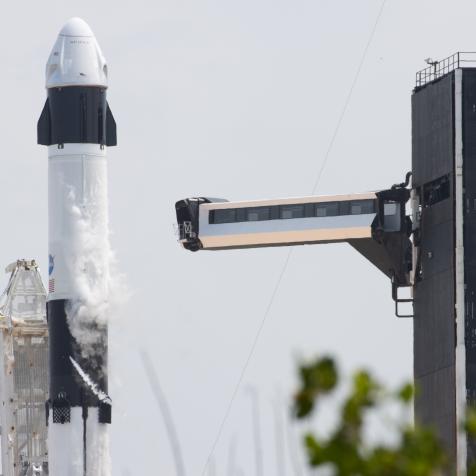
Diana Robinson Photography
One Night, Two Meteor Showers - Tonight!
Just before the close of the seventh month each year, the Earth makes a trip through some comet debris to create the meteor showers. Look up and this year, you may be able to catch two very special meteor showers happening on the same night!!
Every year in late July, the Earth passes through the debris left by two comets, one that creates the Delta Aquariid meteor shower and one that creates the Alpha Capricornid meteor shower. This year, both meteor showers peak on the same night. Join Lowell Observatory at 9P PT on Tuesday, July 28 for a live stream of these two meteor showers.
This event will be hosted by astronomer Dr. Nick Moskovitz and research assistant Megan Gialluca. Dr. Moskovitz and Megan answered some questions about this celestial event.
For context, what is the difference between the two meteor showers?
Dr. Moskovitz: Meteor showers are produced when the Earth in its orbit around the Sun passes through a stream of particles left behind by a comet. The stream of particles that produce the delta Aquariid shower are thought to be from the comet 96P/Machholz, while the alpha Capricornids are thought to be from comet 169P/NEAT. Due to differences in these parent comets, we observe differences in the properties of the meteor showers. For example, a typical impact velocity for a delta Aquariid meteor is around 40 km/s (about 150,000 mph), whereas a typical velocity for an alpha Capricornid meteor is around 23 km/s (about 50,000 mph).
Where in the sky should we look?
Megan Gialluca: Their locations will change depending on your location, the above picture was taken for Flagstaff, but the constellations will be in the South for all of the US. My best advice on viewing would be to wait until 1-3 am on the 29th of July, when the moon has set or is setting, this will minimize light pollution. Then either find Aquarius and Capricornus, or if you can't find the constellations, you can just look to the South/South East direction and you should still see the shower! Another little trick this year is to look for Saturn and Jupiter which are just slightly West of the showers' radiants; they can be much easier to find than constellations because they are so bright, especially Jupiter (about magnitude -2.75). Coincidentally, Jupiter and Saturn are both really good objects for beginner telescopes and even binoculars, so while people are waiting for meteors they can occupy themselves with looking at two of the most visually stunning objects in the sky.

Do these showers happen every year?
Megan Gialluca: Yes, these showers do occur every year. Meteor showers are caused when the Earth moves through a Meteoroid stream. To get some of the terminologies out of the way: a meteor is the light we see streak across the sky, a meteoroid is the object that falls through the atmosphere creating a meteor, and if a meteoroid manages to make it to the Earth's surface we call it a meteorite, meteorites are what we can recover on the ground. A meteoroid stream is created by a comet or Near-Earth Asteroid (NEA); when the Earth moves through a meteoroid stream, it creates a meteor shower, the comet, or asteroid creating the stream is known as the shower's parent body. Take the Alpha Capricornids for example, comet 169P/NEAT has created a meteoroid stream of dust and particles in the vicinity of its orbit, once a year the Earth's orbit takes us through this meteoroid stream creating the Alpha Capricornids shower.
How close will these showers get to Earth?
Dr. Moskovitz: We see meteors or shooting stars when small pieces of planetary material impact the Earth’s atmosphere at high speed. These pieces quickly vaporize and emit a flash of light. So by definition, every meteor that we see is impacting the Earth’s atmosphere. Typically meteors burn up around 50-100 km (about 30-60 miles) above the surface.
Thank you to Dr. Moskovitz and Megan for helping us understand these celestial events. Be sure to check in with Lowell on their live Tuesday nights. They will use the All-Sky Camera at the Lowell Discovery Telescope to hunt for meteors together. After that, you’ll be ready to find more on your own, when the meteor showers peak in the hours before dawn.


















